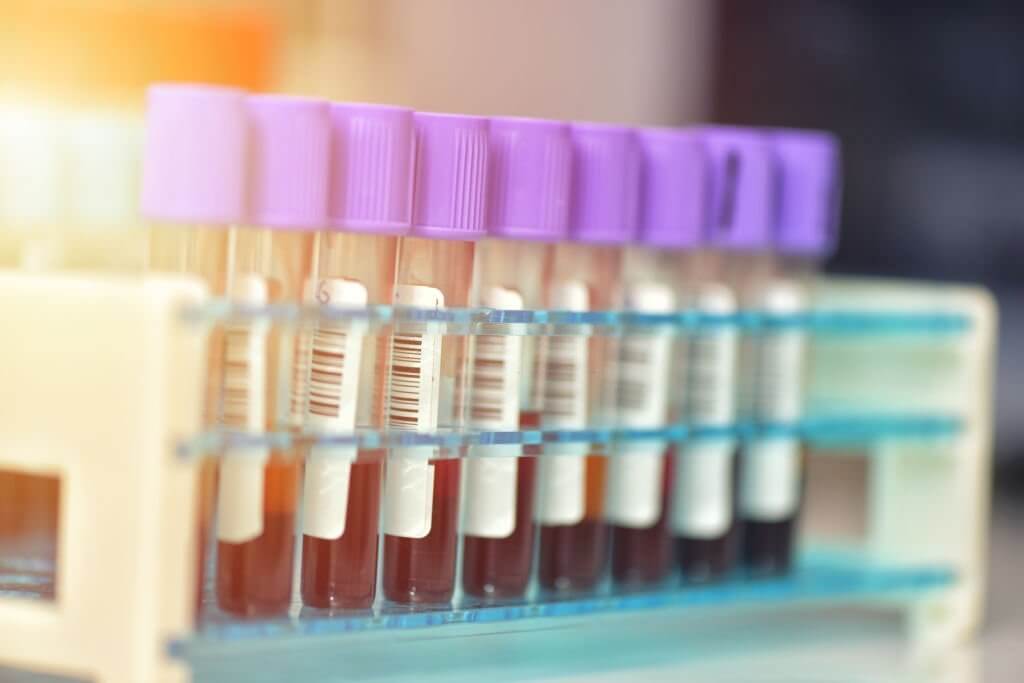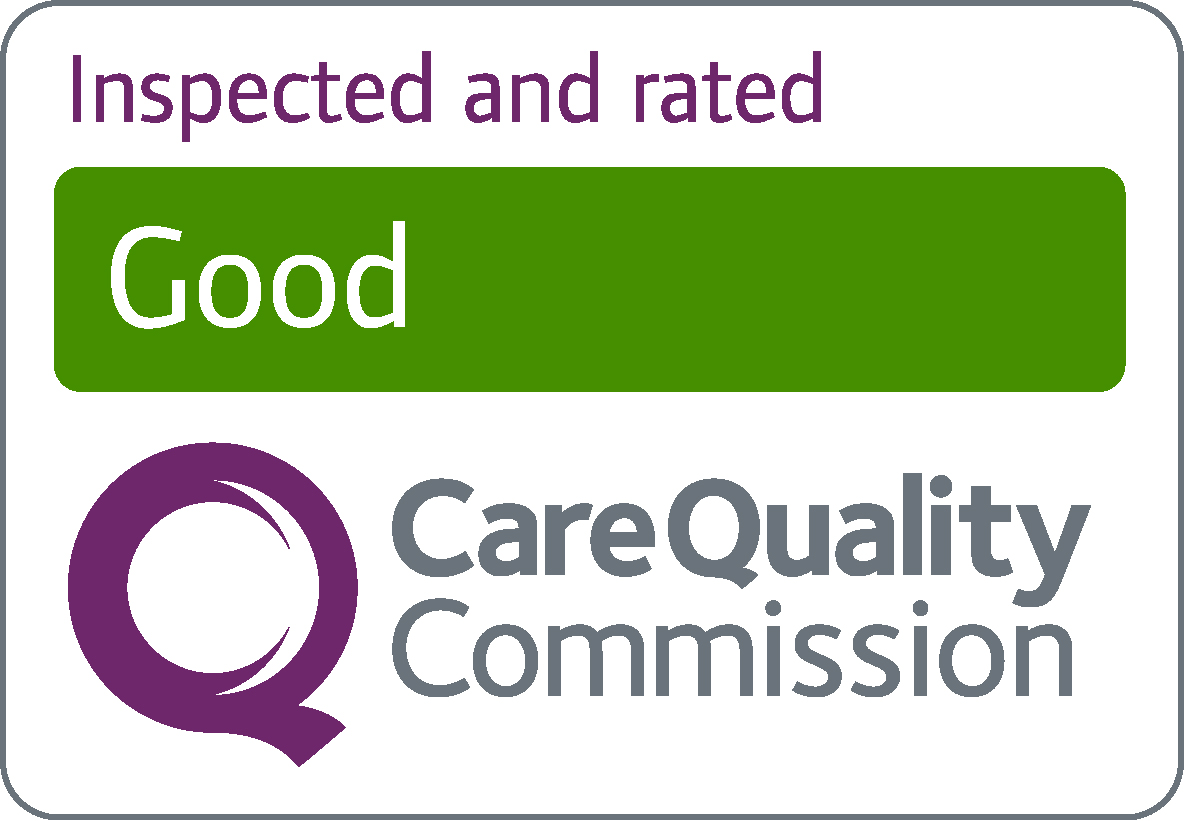Test results
When you take your test you will be told how long it will be before the results are returned to the practice. It is your responsibility to check your results and to make an appointment to discuss them with your doctor if you are advised to do so.
Please login to your GP online service account to enquire about your test results. If not registered, we would recommend that you register for GP online services, by using one of the links below.
Please note: The NHS App allows you to get registered without the need to visit the practice.
Through Patient access and the NHS app, you will also have the ability to Book or Cancel an Appointment, Request a Repeat Prescription, Change Personal Details and View your Medical Records without visiting the practice.
Alternatively, please call the surgery between 11:00 and 15:30 on 01235 468 860 and ask for your test results.
Please note that the practice has a strict policy regarding confidentiality and data protection and we will only release test results to the person to whom they relate unless that person has given prior permission for the release of this data or they are not capable of understanding the results.
Samples:

Specimens:
If your doctor asks you to bring a specimen for the laboratory, it must arrive at the surgery by 14.30 pm.
Always ensure you have the correct container for your specimen. Your name, your doctor’s name and your date of birth must be written on the container. The are available at the front desk.
Blood Tests:
A blood test is when a sample of blood is taken for testing in a laboratory. Blood tests have a wide range of uses and are one of the most common types of medical test.
For example, a blood test can be used to:
-Assess your general state of health
-Conform the presence of bacterial or viral infection
-See how well certain organs, such ad the liver and kidneys, are functioning
A blood test usually involves the phlebotomist taking a blood sample from a blood vessel in your arm and the usual place for a sample is the inside of the elbow or wrist, where the veins are relatively close to the surface. Blood samples from children are most commonly taken from the back of the hand. The child’s hand will be anaesthetised ( numbed with EMLA cream ) with a special cream before your sample is taken.
You can find out more about blood tests, their purpose and the way they are performed on the NHS Choices website.
X-Rays:
An X-Ray is a widely used diagnostic test to examine the inside of the body. X-Rays are a very effective way of detecting problems with bones, such as fractures. They can also often identify problems with soft tissue, such as pneumonia or breast cancer.
If you have an X-Ray, you will be asked to lie on a table or stand against a surface so that the part of your body having the X-Ray is between the X-Ray tube and the photographic plate.
An X-Ray is usually carried out by a radiographer, a healthcare professional who specialises in using imaging technology, such as X-Rays and Ultrasound scanners.
You can find out more about X-Ray tests, how they are performed, their function and the risks by visiting the NHS Choices website.


